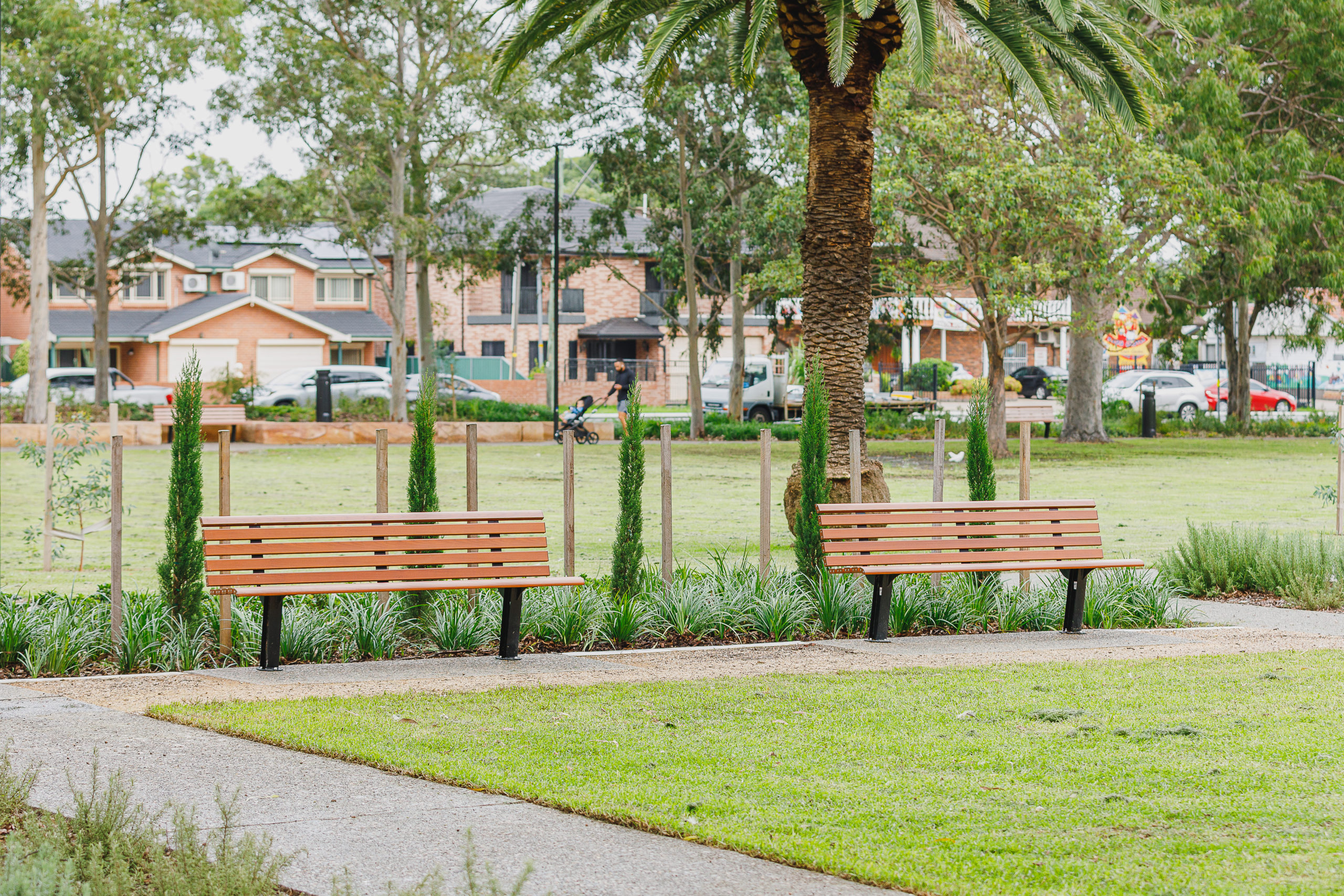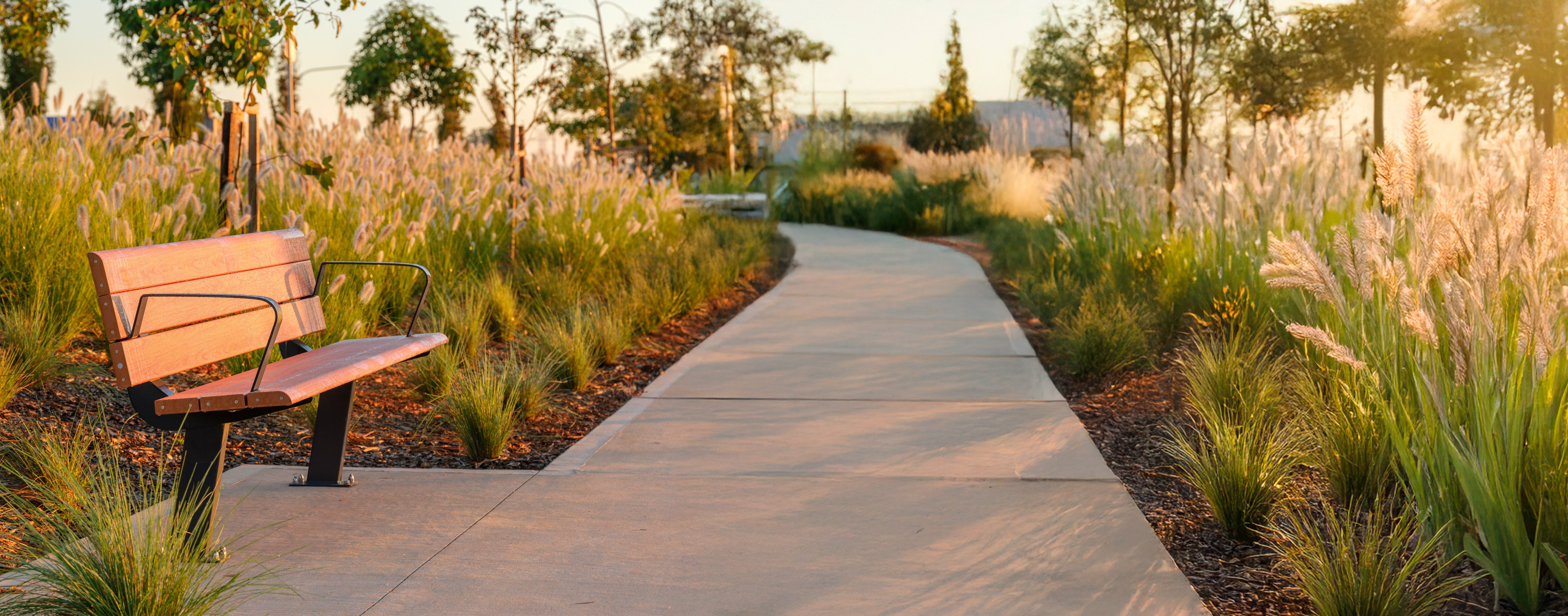May 17, 2022
What if our public spaces were the heart of our communities? This idea is the foundational core of the concept of ‘placemaking’.
Placemaking means to create and/or transform public spaces into community hubs that strengthen the connections between people and places. It is a process centred around “people and their needs, aspirations, desires, and visions” with community participation at its core. The Project of Public Spaces (PPS) states that an effective placemaking process “results in the creation of quality public spaces that contribute to peoples’ health, happiness and wellbeing”.
In essence, placemaking is the process of creating a public space for the community, with extensive input from the community. Thanks to placemaking, councils can determine exactly what the community needs, where to build it, the most effective and non-disruptive process for construction, and can roadmap how it will benefit the community in the future. Examples of effective placemaking can include the construction of much-needed public transport, pedestrian pathways, greenspace, urban public avenues, waterfront restaurants, green-star neighbourhoods, marketplaces and retail.
Not only does placemaking provide valuable assets to a community, it also helps the community feel involved, listened-to and valued, and thereby improves public opinion of the space. PPS conducted a survey about what placemaking means to people and discovered that it was considered, “a crucial and deeply-valued process for those who feel intimately connected to the places in their lives”, helping communities to “reimagine everyday spaces and see anew the potential of local parks, downtowns, waterfronts, neighbourhoods etc.”.
While placemaking may seem like a modern, hot-topic concept, it has actually been around since the 60s, when the groundbreaking idea of designing places for people instead of vehicles and buildings was introduced in the works of Jane Jacobs and Willian H. Whyte.
Placemaking in practice
As understanding grows about how important our places are to our communities, so too are the placemaking projects.
In 2020, the Precolinear Park Project saw an abandoned tramline in Turin, Italy, transformed into an outdoor recreation and leisure space that provided socially distanced activity in response to COVID-19. The project was developed alongside over 700 residents of Turin, who provided ideas, commentary and feedback, and raised funds through a crowdfunding campaign. It had such great success that, despite initially being a temporary project, the park is destined to stay around for a while longer.
Closer to home, the Crows Nest Metro Station 2024 Project in Sydney, Australia, was developed through placemaking. The metro aims to deliver positive urban renewal for the trendy and popular but disconnected area of Crows Nest, but as the area has a village vibe and sits closely in between two key business areas, the development and future growth needs to be carefully considered. In 2016, Council surveyed over 1000 people in the community about their opinion of the project and their feedback. Most of the surveyed participants were on board with the idea but wanted to retain the village atmosphere, while attracting investment, reducing vehicle traffic and establishing Crows Nest as a hub for retail, restaurant and entertainment.
In the current public space landscape, it is now more important than ever to create public spaces that aren’t solely to generate revenue, but are welcoming spaces for communities to gather, socialise, engage in recreation and have fun – spaces that promote physical and emotional health and wellbeing. And this can only be achieved through the thorough and involved practice of placemaking.
As placemaking continues to shape the way we design cities and communities, thoughtful design and collaboration remain at its heart. By transforming everyday spaces into meaningful places, placemaking ensures our parks, streets and public areas truly serve the people who use them. This philosophy aligns with GX Outdoors’ mission to help councils and architects bring community-driven design to life. Through Australian made park and street furniture such as shelters, seating, table settings, BBQs, bin enclosures and drinking fountains, GX Outdoors supports the creation of inviting, inclusive and enduring public spaces across Australia.
Read more about placemaking here.



 Back to News
Back to News 



